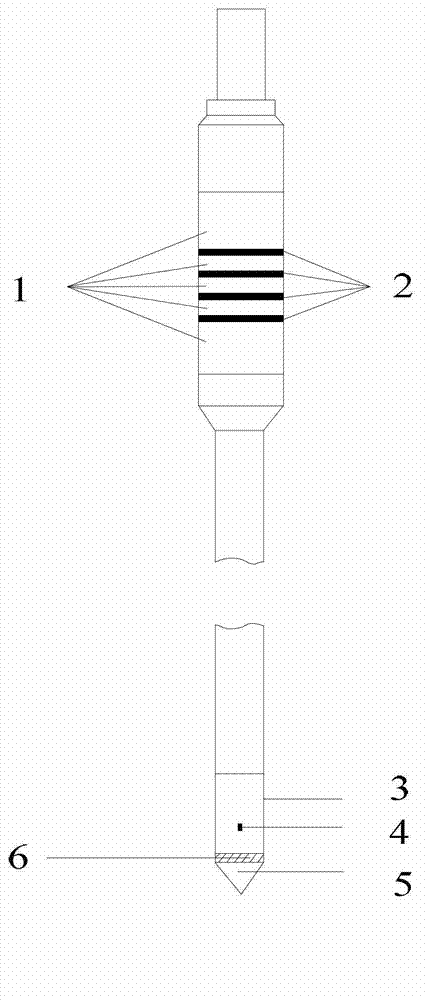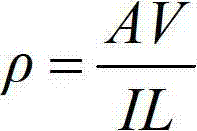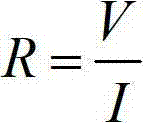Resistivity detector for quantitatively evaluating change of soil porosity
A quantitative evaluation and porosity technology, applied in the field of foundation soil survey, construction, infrastructure engineering, etc., can solve problems such as inability to soil porosity, change in-situ quantitative evaluation, etc.
- Summary
- Abstract
- Description
- Claims
- Application Information
AI Technical Summary
Problems solved by technology
Method used
Image
Examples
Embodiment Construction
[0021] The upper part of the resistivity detector for quantitatively evaluating the change of soil porosity of the present invention uses insulating PVC material 1 and stainless steel ring electrode 2 to form a resistance sensor; structurally, the upper part of the probe is arranged alternately from top to bottom Insulated PVC material 1 and stainless steel ring electrode 2 are provided; the lower part of the probe is provided with a side wall friction cylinder 3, a pore water pressure sensor 4 is arranged in the middle of the side wall friction cylinder 3, and a cone is connected below the side wall friction cylinder 3 The probe 5 is provided with a pore pressure filter ring 6 between the side wall friction cylinder 3 and the conical probe 5 .
[0022] Such as figure 1 A schematic of the measurement is shown. The total length of the stainless steel ring electrode 2 in the vertical direction of the detector is 50mm.
[0023] The four stainless steel ring electrodes 2 have a ...
PUM
| Property | Measurement | Unit |
|---|---|---|
| Thickness | aaaaa | aaaaa |
| Surface area | aaaaa | aaaaa |
| Thickness | aaaaa | aaaaa |
Abstract
Description
Claims
Application Information
 Login to View More
Login to View More - R&D
- Intellectual Property
- Life Sciences
- Materials
- Tech Scout
- Unparalleled Data Quality
- Higher Quality Content
- 60% Fewer Hallucinations
Browse by: Latest US Patents, China's latest patents, Technical Efficacy Thesaurus, Application Domain, Technology Topic, Popular Technical Reports.
© 2025 PatSnap. All rights reserved.Legal|Privacy policy|Modern Slavery Act Transparency Statement|Sitemap|About US| Contact US: help@patsnap.com



